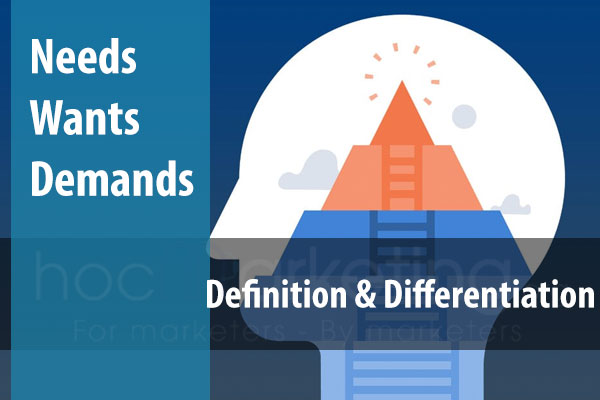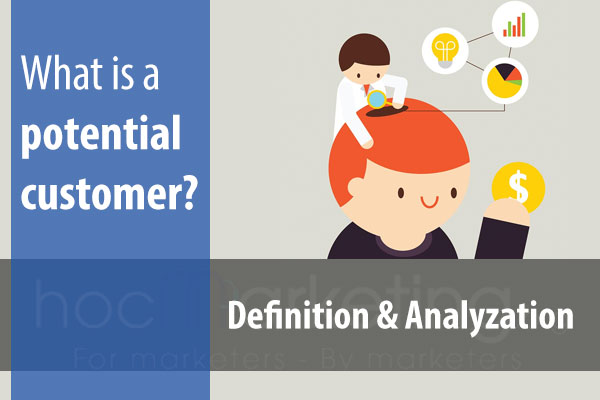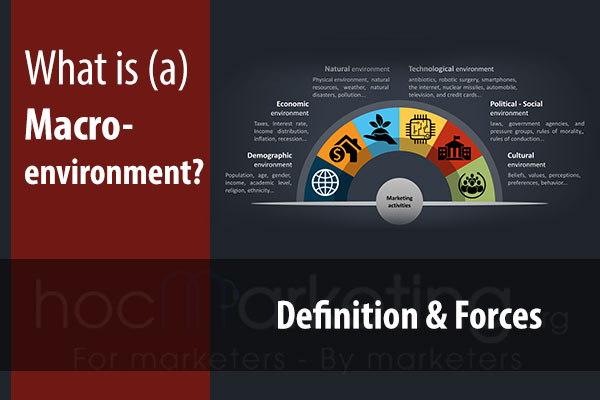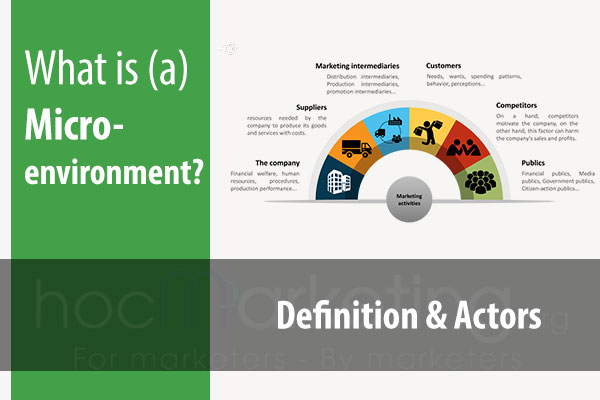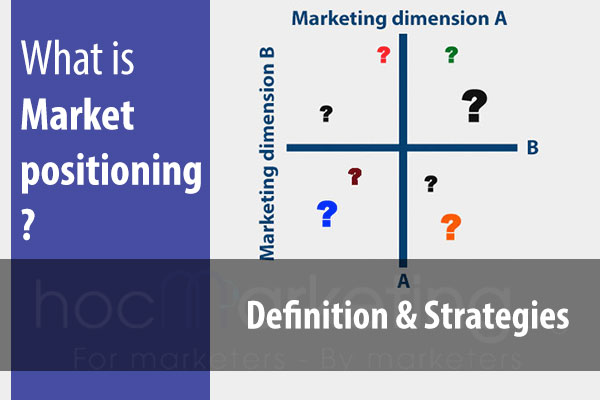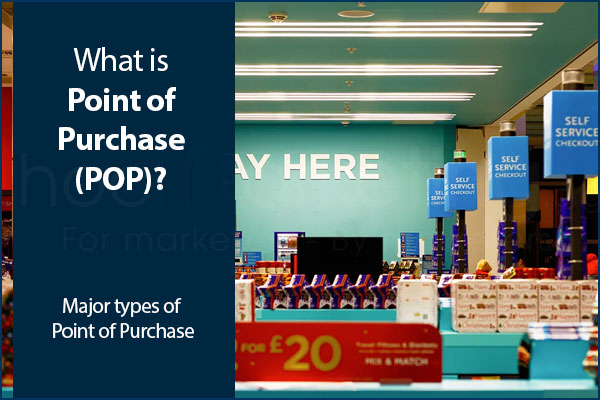
What is Point of Purchase (POP)? Major types of Point of Purchase

The goal of marketing is to make a product or service more desirable. One way marketers do this is by tailoring their message for each customer group, which can be done through point of purchase (POP). This blog post will provide you the definition and the roles of POP in Marketing.
The goal of marketing is to make a product or service more desirable. One way marketers do this is by tailoring their message for each customer group, which can be done through point of purchase (POP). This blog post will provide you the definition and the roles of POP in Marketing.
What is Point of Purchase (POP)?
Point of purchase is any location where a consumer can make a purchase. Traditionally, it was in-store or at the store's entrance/exit, but now it can be anywhere from an online auction to your living room. POP materials include brochures, leaflets and posters which are used to encourage customers to buy goods or services.
Major types of Point of Purchase (POP)
Point of purchases can be classified into those types:
1. Traditional POP
Traditionally, point of purchase was used on store shelves to reach customers as they made their purchases. The materials used were usually brochures and leaflets and would be placed at stores' entrances or exits where consumers usually make their out-of-store purchases. However, more recently it has been evolving to be more interactive and engaging for consumers.
2. Interactive POP
Interactive point of purchase materials are more engaging and interactive, giving consumers a more personalized experience with the company's products or services. This often includes product demonstrations and samples which allow customers to get a feel for the product without purchasing it immediately. In shopping malls, this might include kiosks that provide additional information about a product and allowing consumers to play with the products and try them on.
3. Digital POP
Although some marketers may argue that digital point of purchase is not a new concept, it has been growing in popularity over the past few years as more consumers are transitioning from traditional forms of media like newspapers and print to online versions like blogs and social media. Digital POP allows marketers to reach consumers through their favorite social media sites, blogs and other online mediums. It can be done through advertisements on websites or by having an ad pop up when people are searching for a similar product online.
4. Mobile Point of Purchase
Last but not least is mobile point of purchase, which is becoming more popular as consumers develop more of a reliance on smartphones and tablets. Marketers have been creating apps for their products so that customers can receive a product's information wherever they are. In addition, companies can use QR codes to provide consumers with additional information about the company or its products when customers scan the QR code using their smartphone or tablet.
Roles of Point of Purchase (POP) in Marketing
A POP display attracts the attention of potential customers, informing them about a product or service before they make a purchase. As a result, POP displays play some key roles in influencing how consumers feel about a certain company and its products/services:
1. Informative Role
Before purchasing an item, people usually want to know as much information as possible about the product. POP displays provide consumers with detailed information about a company and their products, allowing them to make an informed decision before making a purchase.
2. Persuasive Role
On the other hand, POP displays also play a persuasive role by giving people reasons why they should buy that particular item or service rather than any of its competitors'. They often focus on the benefits of a product rather than its features, which can influence customers' buying decisions.
3. Sales-Building Role
Some POP displays are designed to encourage sales and improve a company's brand image by building their customer base. They will usually have offers or discounts available for certain items, which persuades people to buy the product or service.
4. Brand-Building Role
At times, POP displays can be used to build a brand's image by creating an emotional connection between the consumer and the company/product. By showing people pictures of specific people who use their product, companies hope that it will make customers trust them more and feel connected with them on a personal level.
Conclusion
Point of purchase displays have been around for decades and are a marketing must-have. In this article, we've discussed the various forms that point of purchase can take on - from traditional to digital to interactive or mobile. Point of purchase plays an important role in how people feel about your company before they make a purchasing decision, whether it's informative, persuasive, sales building or brand building at times. We hope you found these points helpful as you think through new ways to market your products!






